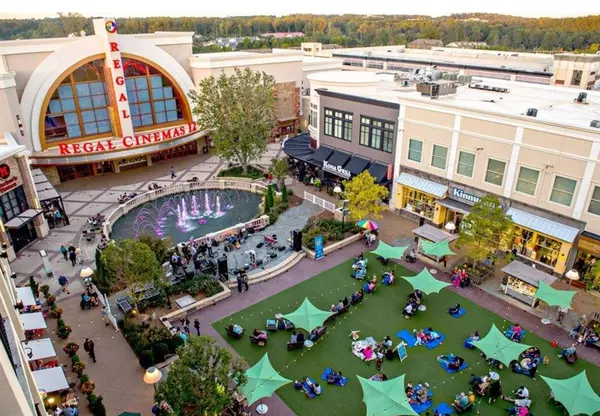
Buy a Home in Atlanta Now: Capitalize on Market Oversupply
Atlanta's vibrant culture, booming job market, and diverse neighborhoods have always drawn homebuyers. In 2025, an unprecedented oversupply of homes creates a buyer-friendly market, with more choices, lower prices, and greater negotiating power. Here's why now is the time to buy in Atlanta and how

Top Places to Live in the U.S. 2025-2026: Why Johns Creek and Alpharetta, GA Stand Out
As a seasoned real estate agent in Metro Atlanta, I’ve had the privilege of helping countless families find their dream homes in some of the most vibrant communities in the country. When the U.S. News & World Report released its 2025-2026 list of the 25 Best Places to Live in the U.S., I wasn’t su

Top 5 Reasons to Buy a Home in Roswell, GA, Now
Thinking about making a move to the northern suburbs of Atlanta? Roswell, GA might just be the perfect place to call home. As a local real estate expert with over 25 years of experience helping families and individuals navigate the Atlanta market, I can say with confidence, Roswell is one of Metro
Categories
Recent Posts










